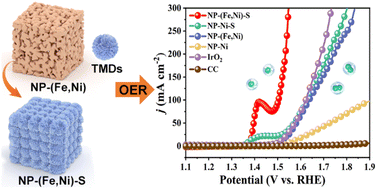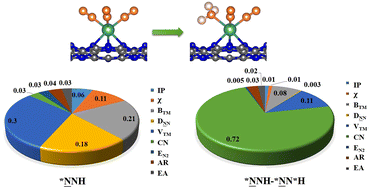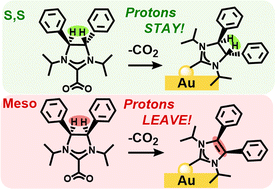Inorg. Chem. Front., 2023, Advance Article
DOI: 10.1039/D3QI01777J, Research Article
DOI: 10.1039/D3QI01777J, Research Article
JunGang Deng, YouRu Wu, AiLi Li, WeiPing Pan, LiXia Hou, DaQi Wu, ZhenLei Zhang, Feng Yang, Yi Gou
The Zn(II) complex could efficiently produce ˙O2− to damage lung cancer cells by photodynamic therapy. Simultaneously, the complex can cause cell damage by chemotherapy.
To cite this article before page numbers are assigned, use the DOI form of citation above.
The content of this RSS Feed (c) The Royal Society of Chemistry
The Zn(II) complex could efficiently produce ˙O2− to damage lung cancer cells by photodynamic therapy. Simultaneously, the complex can cause cell damage by chemotherapy.
To cite this article before page numbers are assigned, use the DOI form of citation above.
The content of this RSS Feed (c) The Royal Society of Chemistry

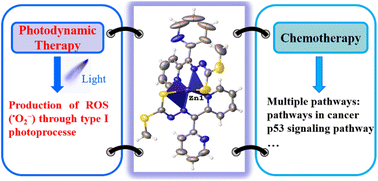
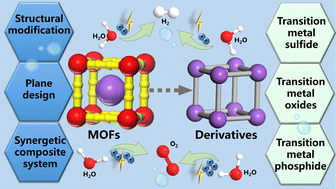
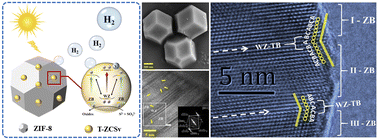
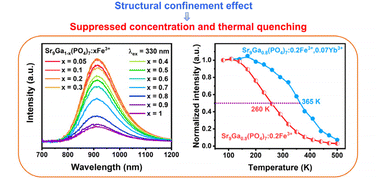
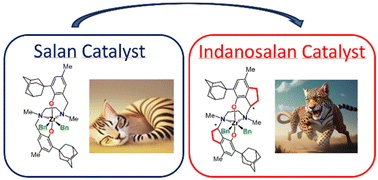
 Open Access
Open Access
